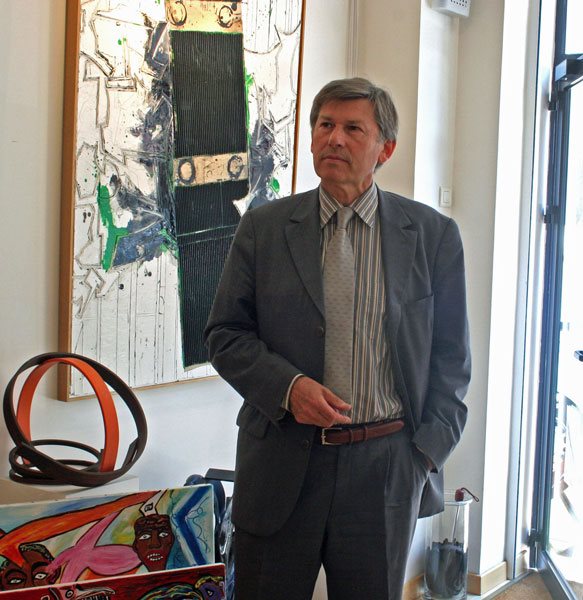Salvador Dalí, The Disintegration of the Persistence of Memory (detail), 1952–54. Oil on canvas. Collection of the Dalí Museum. Gift of A. Reynolds
and Eleanor Morse. © 2024 Salvador Dalí, Fundació Gala-Salvador Dalí, Artists Rights Society.
Exhibition offers new take on Dalí 100 years after the founding of Surrealism
On view July 6 through December 1, 2024
BOSTON (June 12, 2024)—The outlandish and iconoclastic artist Salvador Dalí (1904–1989) is famous for his bizarre imagery, eccentric behavior and unparalleled technical skill. The renowned Surrealist was also, however, deeply rooted in tradition. He revered his artistic predecessors—among them Dürer, Raphael, El Greco, Vermeer and above all Velázquez. Opening this summer, the first-ever exhibition of work by Dalí at the Museum of Fine Arts, Boston (MFA) examines this sustained engagement with European art of the past. Dalí: Disruption and Devotion presents nearly 30 paintings and works on paper on loan from the Salvador Dalí Museum in St. Petersburg, Florida, as well as books and prints from a private collection, which are shown alongside works from the MFA’s European collection made by artists who inspired him. The unique juxtapositions, presented in both pairings and small thematic groupings, offer a new take on one of the most celebrated artists of the 20th century.
Dalí spent his youth in the small Spanish town of Figueres, north of Barcelona near the Catalan coast. His artistic talent was noticed early on, and at 18, he enrolled at Madrid’s San Fernando Royal Academy of Fine Arts. On a trip to Paris in 1929, Dalí connected with the Surrealist group through another Catalan artist, Joan Miró. In the words of the group’s leader, André Breton, Surrealism aimed to “resolve the previously contradictory conditions of dream and reality into an absolute reality, a super-reality.” The unconscious mind was first explored in literature, but the movement soon expanded to the visual arts, with Dalí a highly visible member of the circle.
“The Surrealist movement, announced by André Breton in 1924, is 100 years old. The MFA’s exhibition, using superb loans from the Salvador Dalí Museum in St. Petersburg, Florida, offers a timely opportunity to reconsider the most famous Surrealist in terms of the historical artists he deeply admired,” said Frederick Ilchman, Chair and Mrs. Russell W. Baker Curator of Paintings, Art of Europe.
Dalí: Disruption and Devotion showcases a broad range of Dalí’s best-known works, in terms of subject matter, chronology and scale. Highlights include:
Sponsors Dalí: Disruption and Devotion is generously supported by the William Randolph Hearst Foundations. Additional support from the Alexander M. Levine and Dr. Rosemarie D. Bria-Levine Exhibition Fund and an anonymous funder. |
|
About the Museum of Fine Arts, Boston The MFA brings many worlds together through art. Showcasing masterpieces from ancient to contemporary, our renowned collection of nearly 500,000 works tells a multifaceted story of the human experience—a story that holds unique meaning for everyone. From Boston locals to international travelers, visitors from across the globe come to experience the MFA. Through both art and audience, the Museum brings together diverse perspectives—revealing connections, exploring differences, creating a community where all belong. Open six days a week, the MFA’s hours are Saturday through Monday, 10 am–5 pm; Wednesday, 10 am–5 pm; and Thursday–Friday, 10 am–10 pm. Plan your visit at mfa.org. |
|
Visit Us MUSEUM OF FINE ARTS BOSTON 465 Huntington Avenue Boston, Massachusetts 02115 617-267-9300 |
















